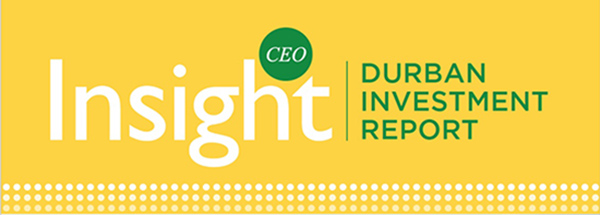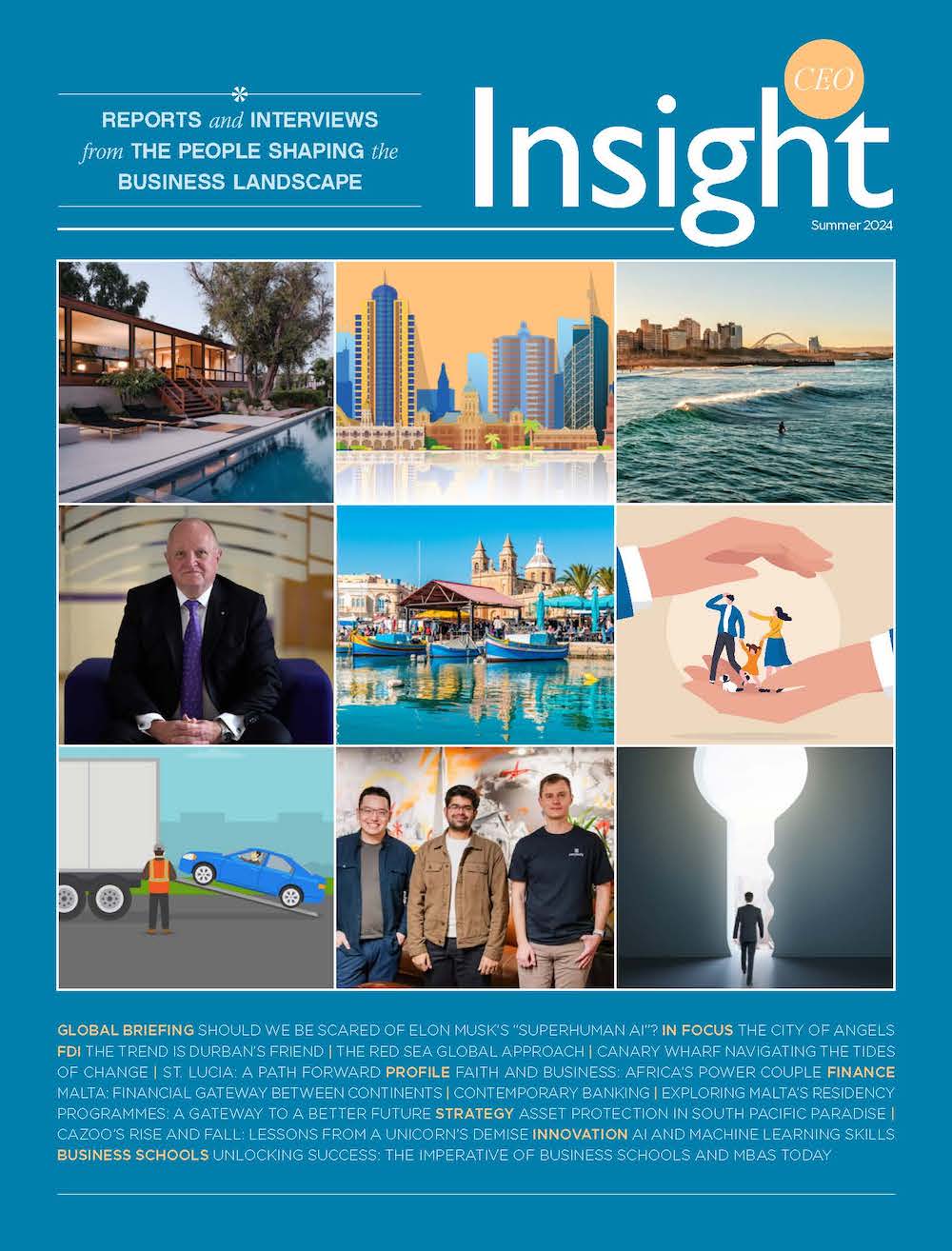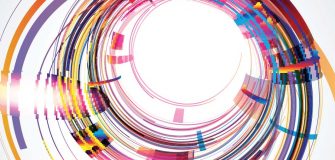Unconfined Horizons Treasures Retracing Humboldt’s Travel Routes
Share
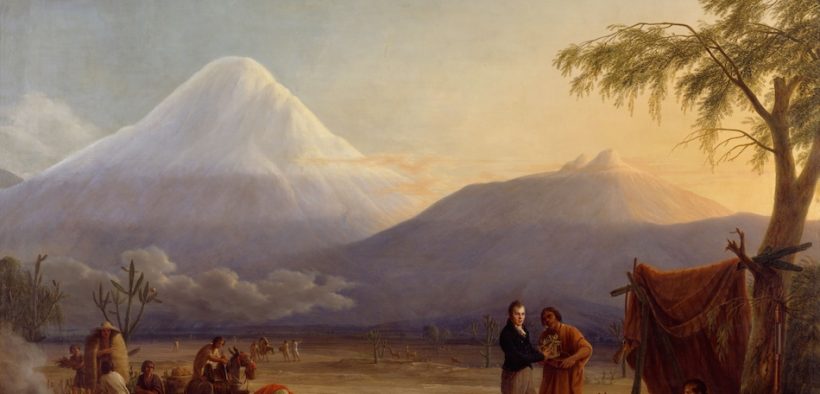
The special exhibition entitled “Unconfined Horizons – Treasures Retracing Humboldt’s Travel Routes” will be providing a holistic picture of Alexander von Humboldt, who was born in Berlin 250 years ago, and is considered one of the last universal geniuses.Two major expeditions took him to South America and to Russia.Showcasing texts, pictures and measuring instruments, as well as a wide variety of artefacts and jewellery created along his travel routes and at the places where he lived, the exhibition willbe providing a holistic picture of a researcher whose worldview, influenced by the ideals of the Enlightenment, has lost none of its fascination.
The focus will be not so much on the individual objects or jewellery creationson view, but rather on the zeitgeistanda new dimension of research. Featuring objects of his era, the show will be presenting Alexander von Humboldt as a remarkable personality, and highlighting his ability to seethe big picture, as is reflected in his extensive oeuvre. The exhibition has been has been curated by Cornelie Holzach, the museum’s director, and the art historian Dr. Martina Eberspächer.
Jewellery, minerals, measuring instruments and maps
Following a large wall installation in the entrance area, showing Humboldt’s travel routes and providing insights into the conceptual context involved, the exhibits will be taking visitors on a journey to the places where he lived and travelled, conveying an idea of his youthful years at Schloss Tegel (“Tegel Manor”) and elucidating how this offspring of a noble family became the open mind he was when he travelled the world. An encyclopaedia for children from the 18thcentury will also illustratehow students learnedback then. Other objects originate from Paris, where he lived for 20 yearsaltogetherand first met his travel companion, the physician and botanist Aimé Bonpland.
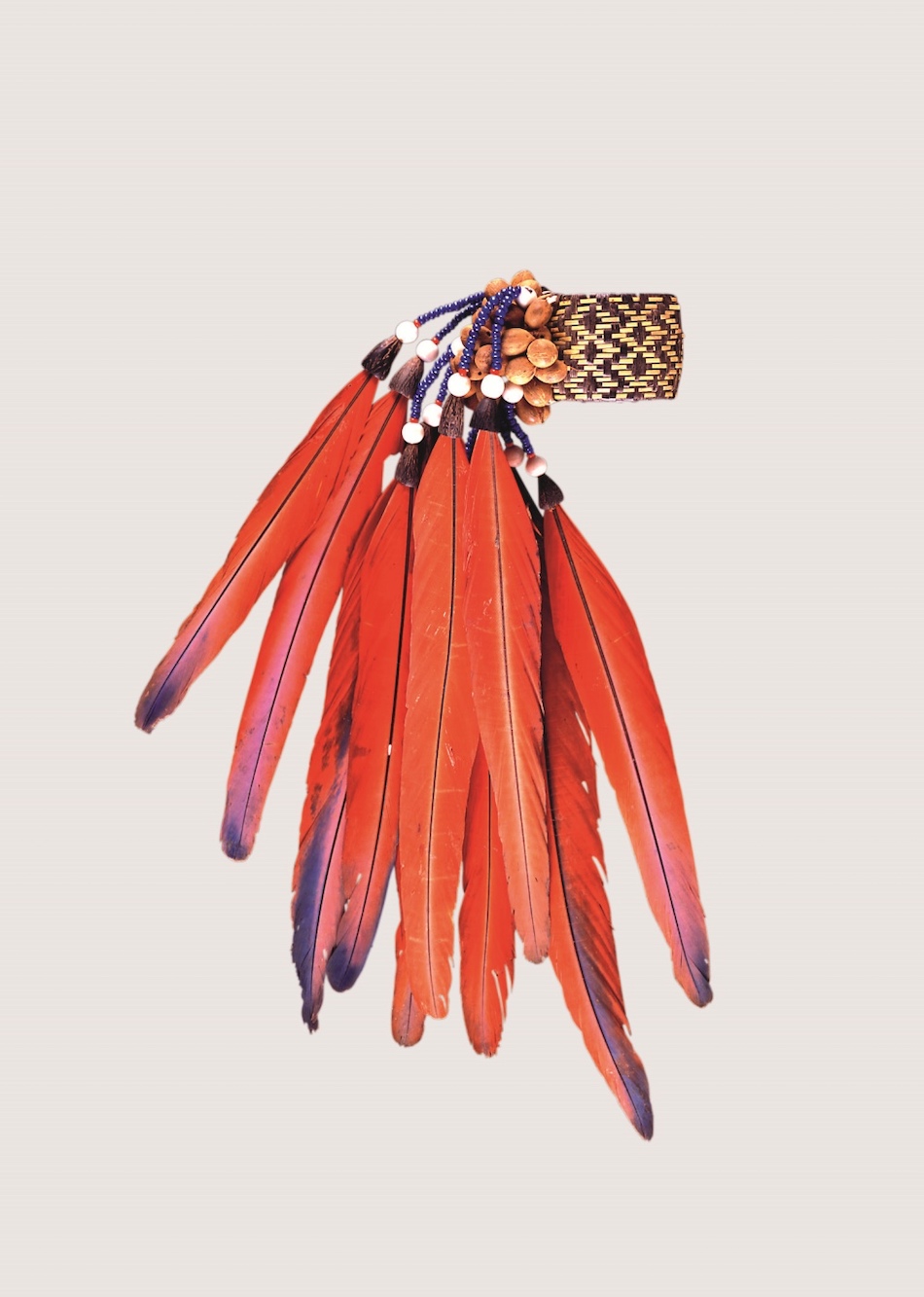
Arm ornament South America
The items on displaywill also comprise artefacts that Humboldt might have encountered on his expeditions to South America, including ethnographic or rustic jewellery, as well asexquisite treasures worn by wealthy citizens or officials, such as earrings, necklaces, broochesor rings, plus brightly colourful feather adornments,because the researcher was repeatedly invited to the urban salons of his time, called on the American president, and was moving in the most distinguishedcircles at the places he visited.
Another link between Humboldt and the Jewellery Museum are preciousmetals and minerals(the raw materialsused to create jewellery), which will also be spotlighted inthis special exhibition.Alexander von Humboldt concerned himself intensely with mineralogy; he had studied at the Freiberg Mining Academy and worked – until he inherited money from his deceased mother when he was 27 and was able to finance his expeditions– asChief Inspector for the Prussian Department of Mines.
He brought back large quantities of minerals from his journeys. He had even been explicitly tasked with searching for and researching natural resources, precious metals and diamonds in Russia. He also received specific inquiries, for example whether platinum could be used to make coins. Humboldt was keenlyinterested in minerals, in how they were used and processed, and in their market value.
The measuring instruments so important to Humboldt will also be on view, i.e. examples similar to those he himself used, including sextants, microscopes and a theodolite (an angle measuring device). One exhibit from Humboldt’s personal possessions, an artfully painted Chinese fan, will also be showcased. And finally, the maps on displaywill reflectthe fact that the researcher himself drew many maps. As much as atlases and world maps are a matter of course for us in our day and age, remote areas were far from being charted completely back then.

Alexander von Humboldt in his study at Oranienburger Strasse 67 in Berlin Lithograph from 1856 after a watercolour by Eduard Hildebrandt © bpk/ Kufperstichkabinett, SMB / Volker-H. Schneider
A new dimension of research
Alexander von Humboldt’s modern mindset still provides valuable impetus for the sciences. He was already a “megastar” during his lifetime,with impressive charisma, and his lectures were avidly attended. His observationscreatedquite a stir, Goethe admired him, Darwin, too,was inspired by him, and his researchjourneysbecame an example for scientific expeditions. From 1799 to 1804, the cosmopolitan travelledthrough Central and South America.
Surrounded by crocodiles and sand fleas, he made notes, draftedsketches and drew maps, voyaged uptheOrinoco River, crossed the tropical rain forest, climbed what back then was considered the world’s highest mountain, the Chimborazo volcano, and, while compilinghis detailed observations, realisedthecorrelationsbetween the world’s vegetation and climate zones. He was aforerunnerin terms of environmental protection,and vehemently criticised tropical deforestation, as well as the exploitative cultivationof cotton.
“Humboldt was engaged in a great many fields of study: volcanology, magnetism, botany, agriculture, meteorology, ethnology, zoology, economy and oceanography, always seeking to understand the interaction of the forces involved.”
It was also important to him to communicatethe results of his research, to share his ideasand insights.He had time to publish his abundant observations until his death in 1859. After returning from America, he wrote to a friend: “Ireturnladenwiththirty casesof treasures of all kinds,botanical, astronomicaland geological, and it will take meyears tobring out my great work.”
His mindset was not in the least bit nationalistic, and despite all the turmoil and wars Europe was embroiled in, he always kept an open mind. Although he was keenly interested in the natural sciences, he never lost his focus on people, wrote countless letters, was networking with innumerable scientists all over the world, and mentored young researchers. His unbiased, open-minded worldview is all the more remarkable as he lived in an era characterised by unstable territorial structures and the German small-state mentality. He also strongly criticised slavery and Christian evangelisation. Spotlighting all these multifaceted aspects, the exhibition will bring Humboldt to life, as it were, in his own cultural context.
Details
Parallel exhibition: “Expedition” | Vocational College for Design, Jewellery and Utensils
13 April through 23 June 2019
Within the context of the “Unconfined Horizons” exhibition, the Vocational College for Design, Jewellery and Utensils at Pforzheim’s Goldsmithing School will be exhibiting new works, inviting visitors to take an excursion of creativity. Taking inspiration from the great explorers of the world and their travels, some 70 students from the three class levels embarked on their own individual expeditions, translating their creative ideas into imaginatively designed objects.
Admission € 6, reduced price € 3.50, admission to both the permanent and special exhibition € 8.50
The Reuchlinhaus, home to Pforzheim’s Jewellery Museum, can be rented for events. The auditorium accommodates about 200 chairs, or 160 when tables are also provided. It is also possible to rent the entrance hall, as well as the foyer and kitchen. In addition to comprehensive event technology, catering services and guided tours through the Jewellery Museum can be booked to complement an event.



